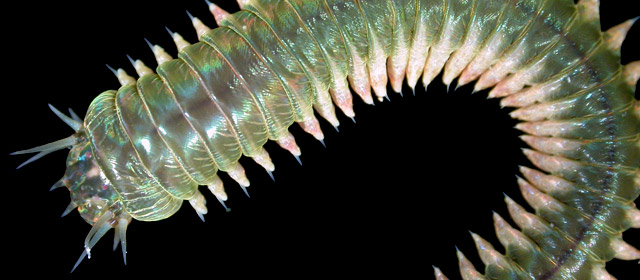Story summary
Sea creatures without a backbone are called marine invertebrates. They are the largest group in the world’s oceans. Of the 12,700 types of animal in New Zealand waters, about 90% have no backbone. They come in many shapes and sizes. Many are microscopic, and some live as parasites inside other marine animals.
Sponges and comb jellies
Sponges are often brightly coloured. They are like a living sieve: water is filtered through their bodies and bits of food are trapped and digested. There are more than 700 types of sponge in New Zealand waters.
New Zealand is home to 19 types of comb jelly – so named because of their comb-like rows of hairs. When they wash ashore, they look like sparkly jelly. While alive, they are killers, trapping plankton and fish larvae with their sticky tentacles.
Worms
Worms found in New Zealand seas include flat worms, roundworms, bristle-worms, tube worms, peanut worms and arrow worms. Their names usually describe how they look. Some, like goblet worms, are tiny – only a few millimetres long. Others are larger – ribbon worms are the longest animals in the world, some reaching 60 metres. New Zealand’s longest ribbon worm is only about 30 centimetres.
Lace corals and lamp shells
Almost 1,000 types of lace coral live around New Zealand. These tiny, delicate animals live in groups, forming crusts that look like moss on rocks and on the sides of ships.
In ancient times lamp shells filled the oceans, but there are fewer of them today. New Zealand has 35 species of lamp shell. Many of them live in Fiordland, in the South Island, where they cling to steep rock walls and thrive in the cool dark water.
Salps and sea squirts
Salps and sea squirts are known as tunicates, because they are wrapped in a leathery covering, or tunic.
Sea squirts are often seen on rocks and wharves at low-tide level. They have a tube that shoots out waste water. Salps are transparent barrel-shaped animals that live in the open ocean. They can join together in long chains and float through the ocean.
Lancelets, lampreys and hagfish
Lancelets are small, transparent animals that live in the sand. They do not have a backbone, but they are supported by a jelly-like rod.
Lampreys look like eels. They bite their prey with their circular mouths, rasping away the flesh and sucking the blood and tissue. Lampreys were considered a delicacy by Māori.
Hagfish are also known as snot eels, because of the blue slime they produce. Once the slime is removed, they are thought to be a tasty meal.





